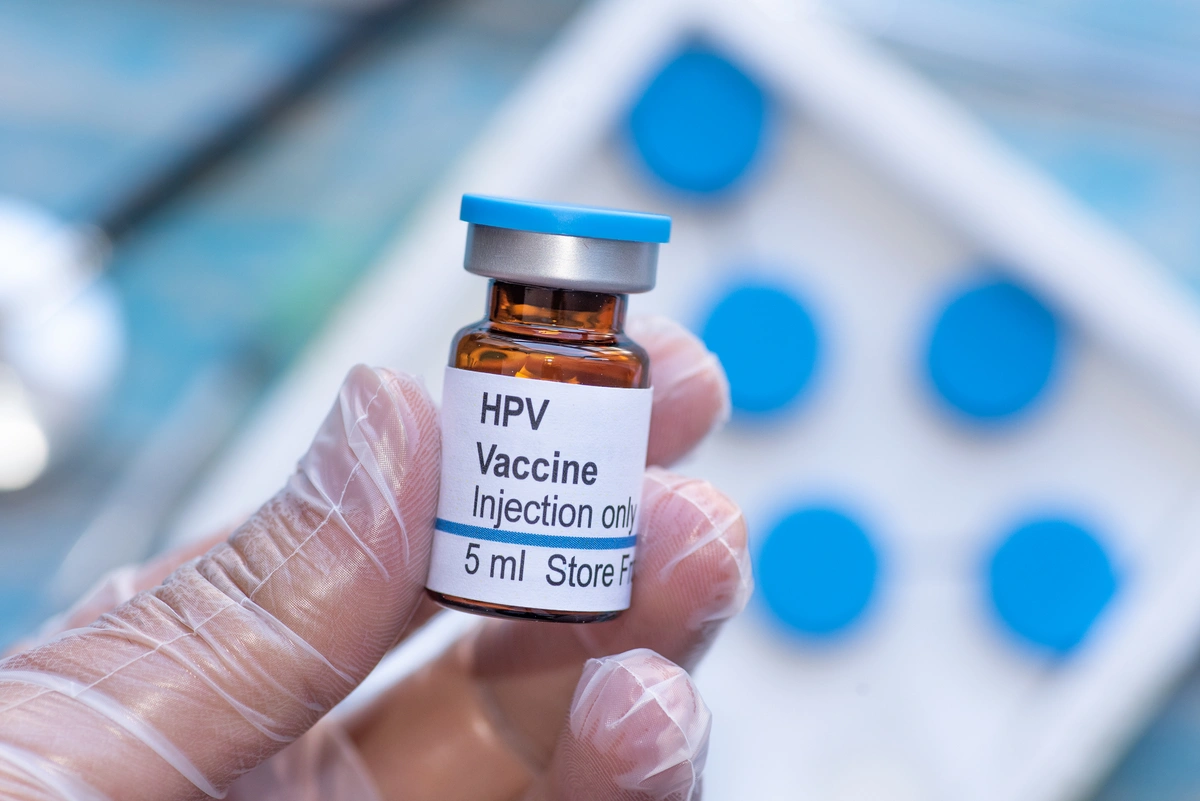
The demand for HPV vaccines varies between countries. But uptake is heading in the right direction.
HPV (human papillomavirus) is a group of viruses responsible for almost all cases of cervical cancer in women. It causes over 340,000 deaths per year, with almost 90% of this loss of life taking place in low- and middle-income countries (LMICs).
Vaccination can protect citizens against HPV, but demand for vaccines differs between countries. In order to increase demand, it is essential to first understand the concerns some countries have about HPV vaccinations.
Why is there an urgent need to vaccinate girls against HPV?
Spread through intimate skin to skin contact, vaccination of girls aged 9-14 can protect them against potential HPV infection. The vaccine is highly effective, with recent studies showing that a single dose provides sufficient protection against multiple strains of HPV. A study done in Kenya showed that one dose is 98% effective in protecting young women against infection. Other studies have found similar results in India, Costa Rica and Tanzania.
Despite these results, vaccination coverage against HPV is low. As of 2022, only around 21% of girls worldwide had received a single dose to protect against the infection. Additionally, many LMICs do not include the HPV vaccine in their immunisation schedules.
Factors increasing the demand for HPV vaccines in LMICs
Dozens of countries decided to switch to a single dose schedule, less than two years after the WHO Scientific Advisory Group of Experts (SAGE) made its recommendation for all countries to introduce HPV vaccines in April 2022. While this shows that the demand to introduce HPV vaccinations is high, countries are moving at different implementation speeds.
Some countries have moved quickly in delivering HPV vaccines. This was often due to the ease of implementing a single dose vaccine programme, especially where there were few or no cultural barriers.
Why the demand is lower in other low- and middle-income countries (LMICs)
Other countries have been slower movers, before eventually coming to positive decisions to move ahead with HPV vaccine implementation. Understandably, there were queries about off-label vaccine use and the duration of protection that vaccines provide. Some countries also waited until additional single-dose data was available in 2023.
Some countries have shown less interest in introducing HPV vaccines, though none have outright rejected them. This has sometimes been due to countries wanting to later introduce HPV vaccines as part of wider cervical cancer elimination plans.
The need to urgently vaccinate girls against HPV is clear. However, there are reasons why demand is higher in some countries than others. From cultural barriers, to scepticism until further data is available, it is important to understand these reasons in order to find solutions.


